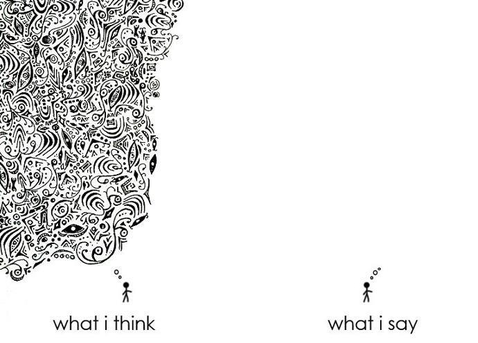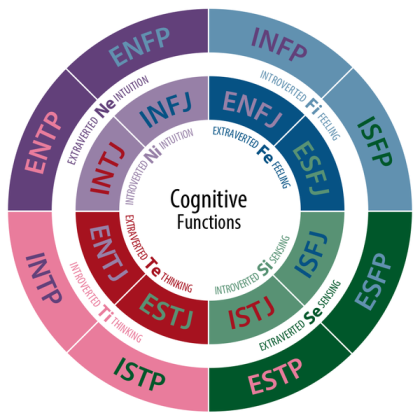One of my questions on education right now is: how is the changing landscape of education going to alter credentials for careers? Even the most innovative companies still require a formal degree, generally a Bachelors.
Will the certificates for MOOCs (Massive Open Online Courses) from prestigious universities such as Harvard, Yale, and Berkley hold the same value as traditional ones? Especially as there’s no admission process?
The classes are open to all– what a beautiful thing! They’re like home-schooling or self-study but with a great teacher/mentor. Online courses with video lectures especially like those at Coursera and Khan Academy are far more engaging than the old virtual classrooms with just discussion boards and power points.
Ken Robinson beautifully presents the ideas of how the structures of our education systems hinder natural curiosity and creativity– love all of his TED talks. Tina Seelig at the 99u conference suggests how we should be phrasing things: “Here’s the answer ______. What’s the next question?” or instead of “5+5=” it should be “How can you equal 10”
Education is so strongly grounded in assessments, pre-requisites, and structure. It’s like a brick building during an earthquake,so solid that the ripples of our future are creating fissures. But that doesn’t mean we can’t fix it.
Anyone can study whatever fascinates them– a key ingredient to learning. If we’re interested in something we’re more likely to want to figure out it’s nuances. And because the courses are free and in the privacy of our own computer, iPad, or phone it’s easier to delve into subjects that are completely new and expand our horizons.
I love learning. Sometimes it feels like I just dabble in a variety of topics and really know nothing about any of them or that as I learn more, I know less because I realize all the other things I don’t know.
If MOOCs can lead to credentials for a potential job how will they affect Universities and Colleges? Sound familiar? Think of eBooks and bookstores. We still don’t quite know how to react to these fast-paced changes.
But, so far, this change is one-sided. Education is shifting but the job market, if anything, seems to be more rigorous. Where before an Associates sufficed it’s now a Bachelors and lieu of those a Masters and so on.
How else can a business measure the competence and knowledge of a prospective employee?










